
FEBRUARY 2–MARCH 10, 2013

Selected Works
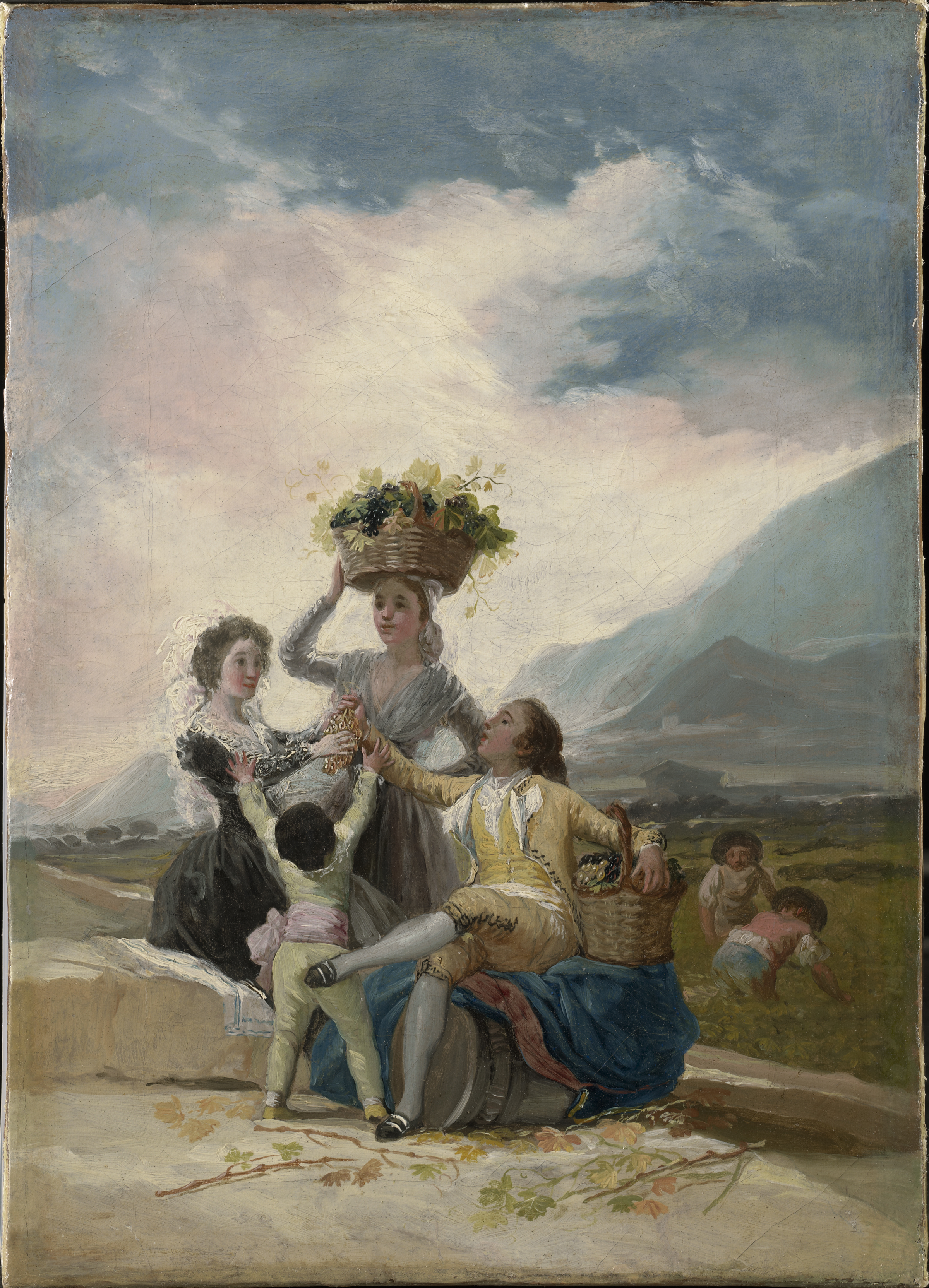
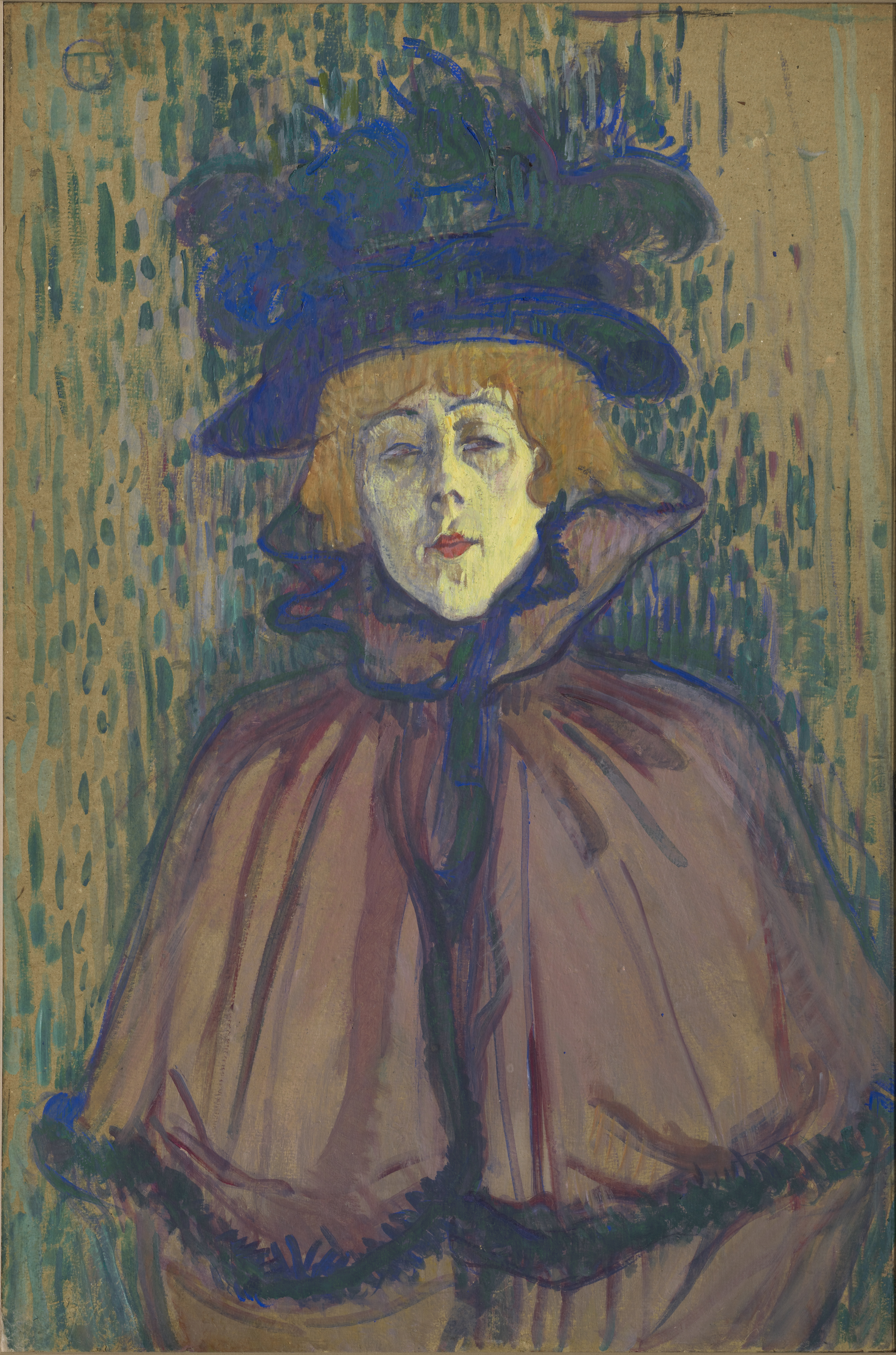
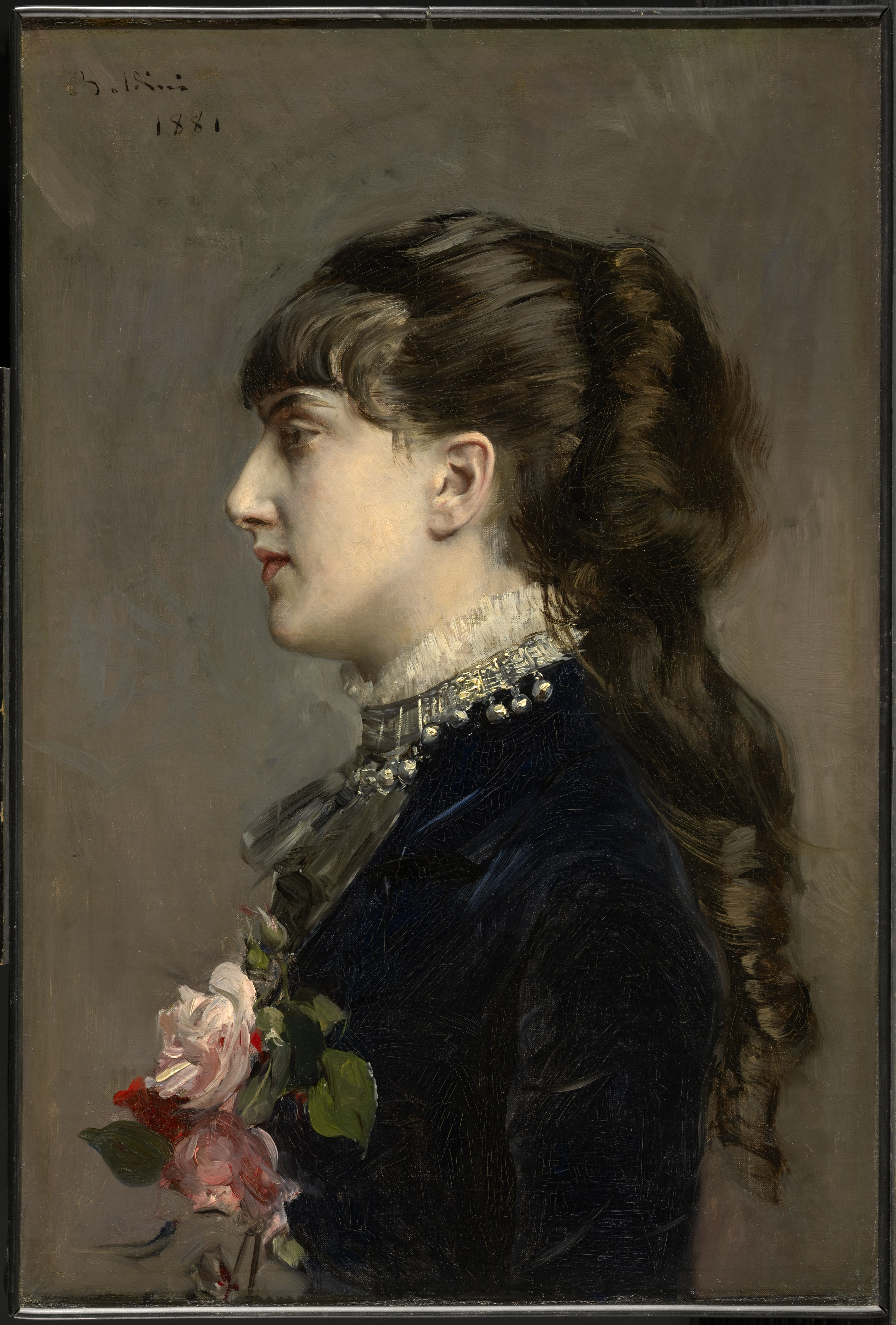
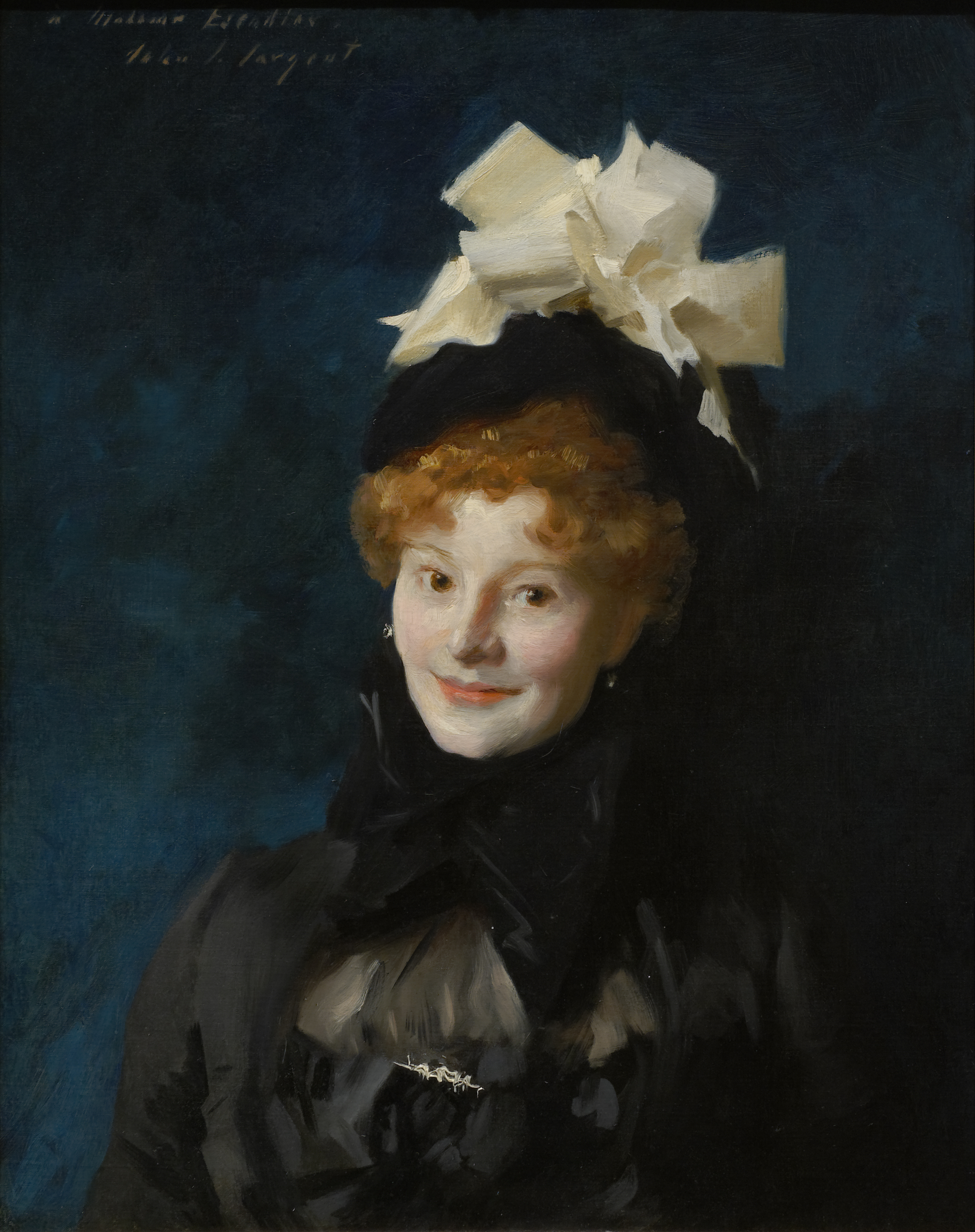
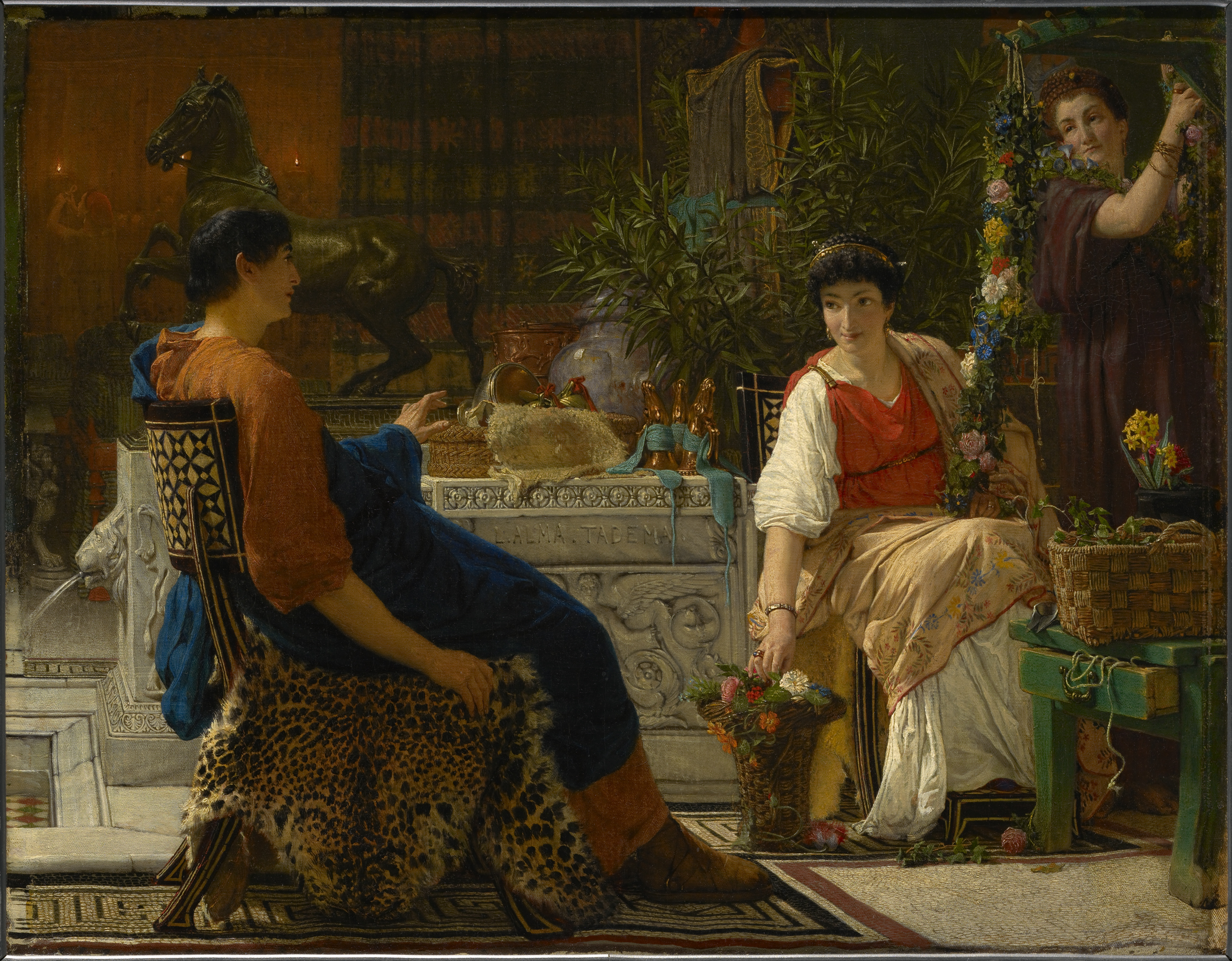
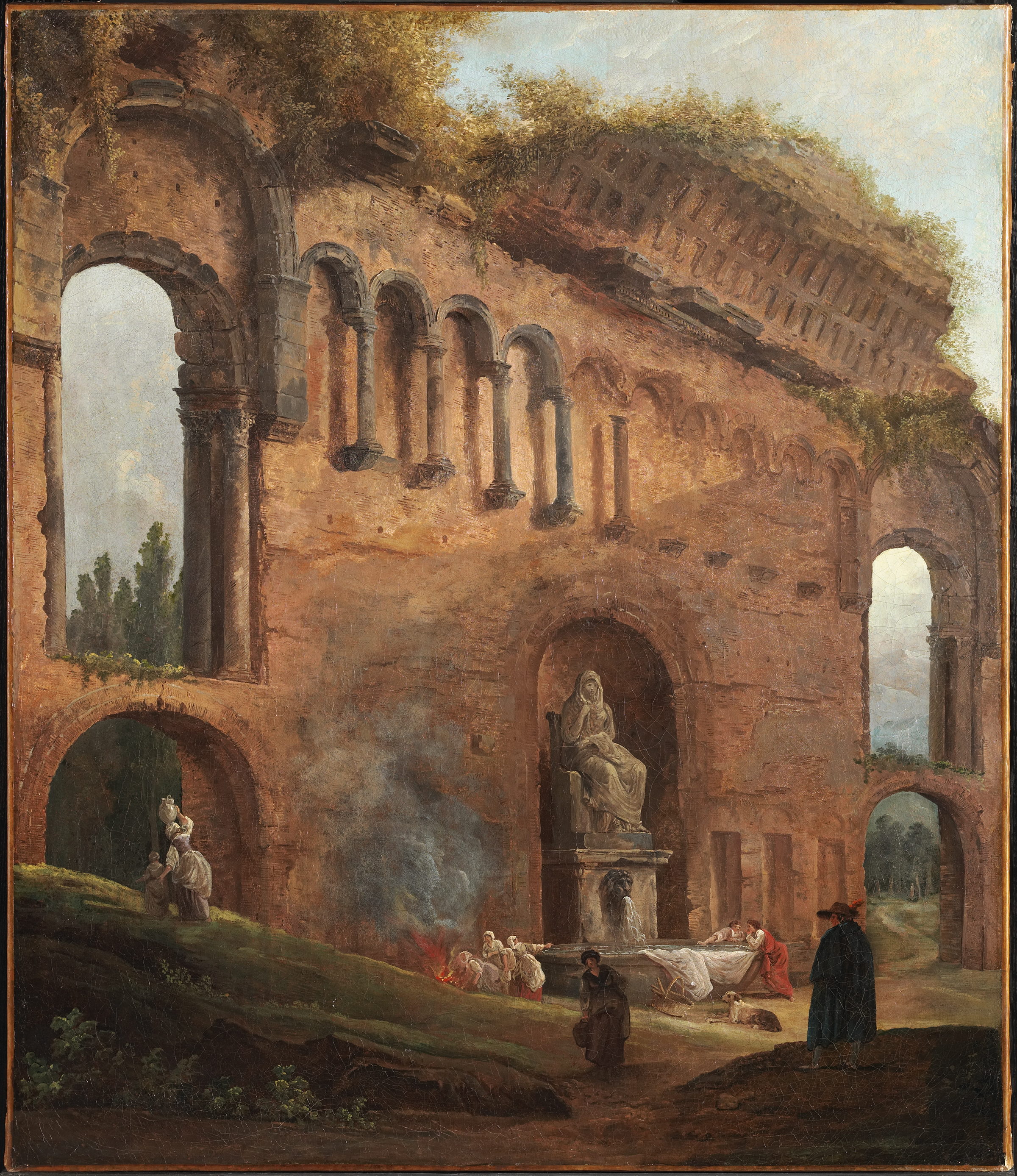
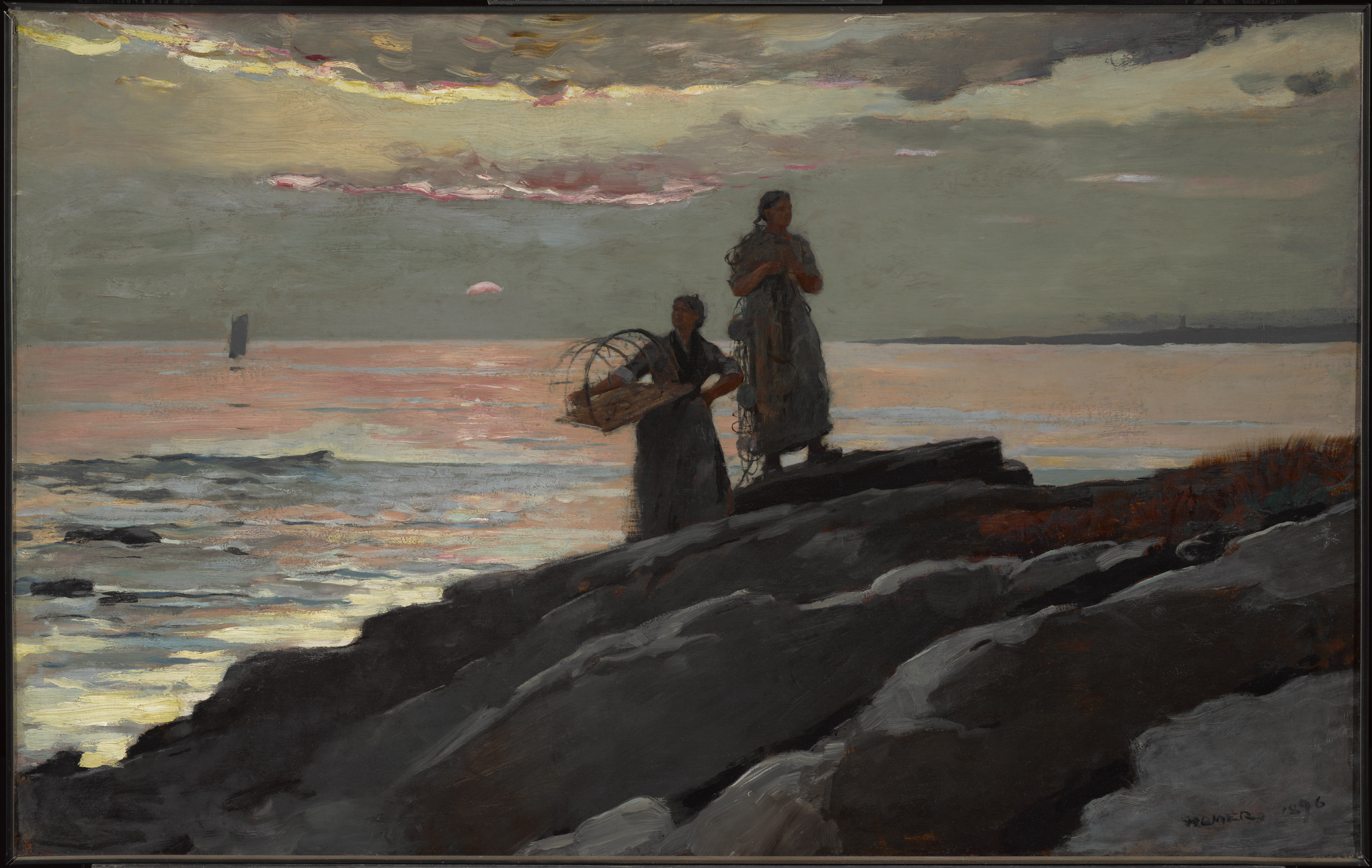
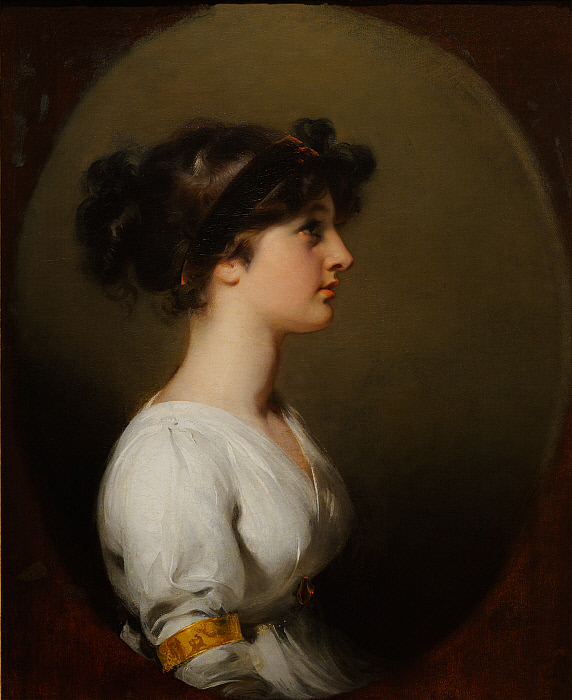
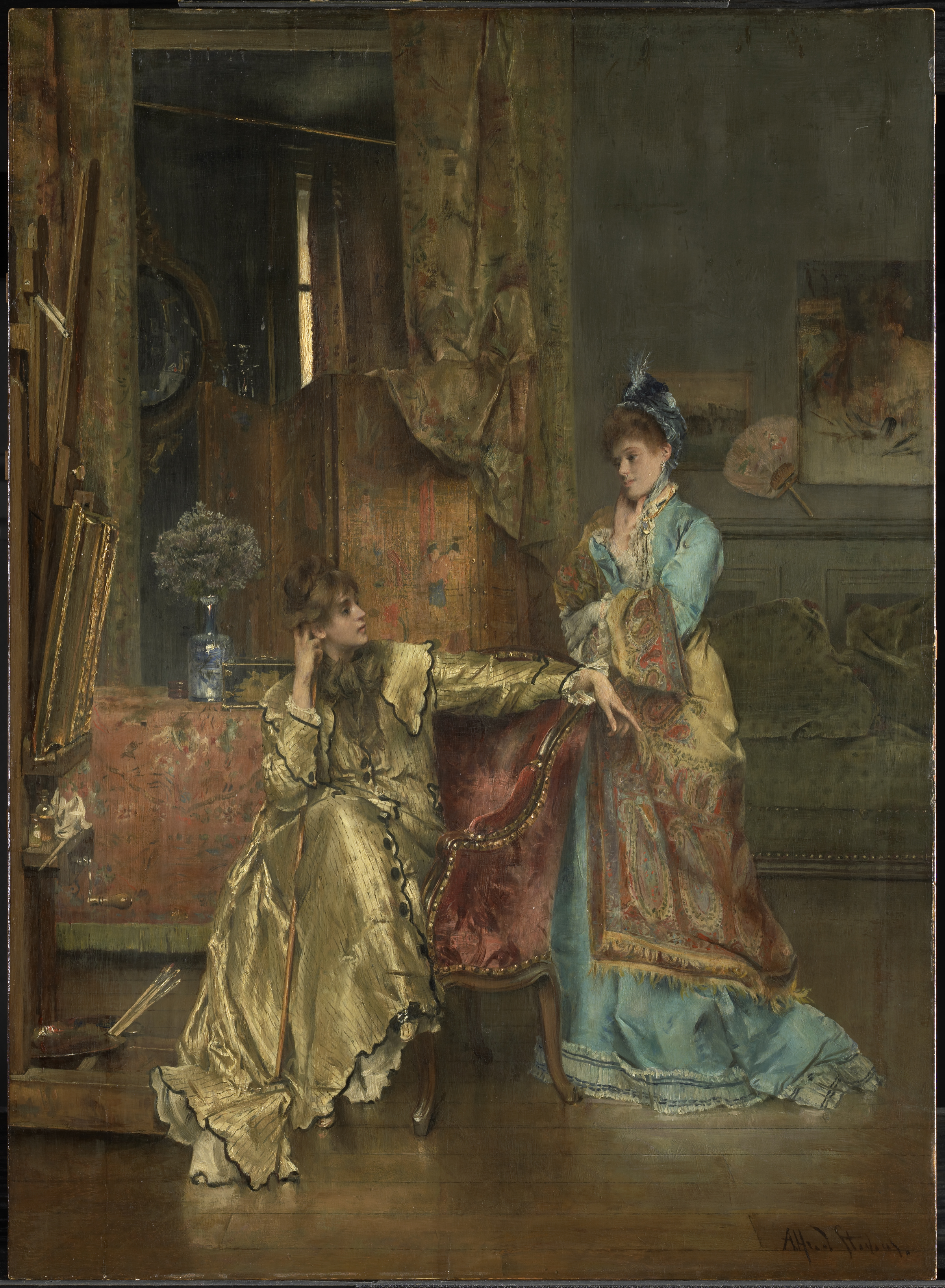
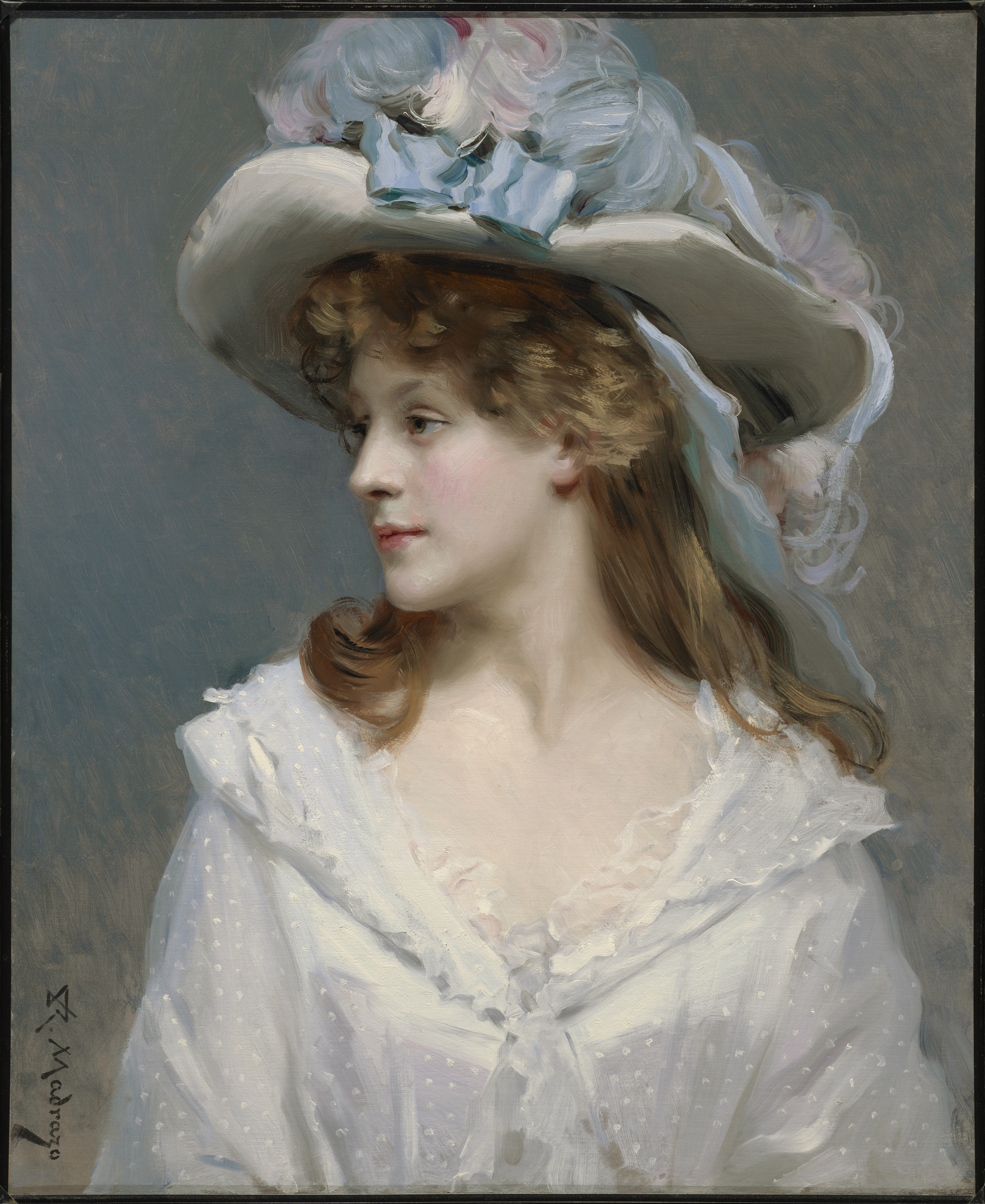
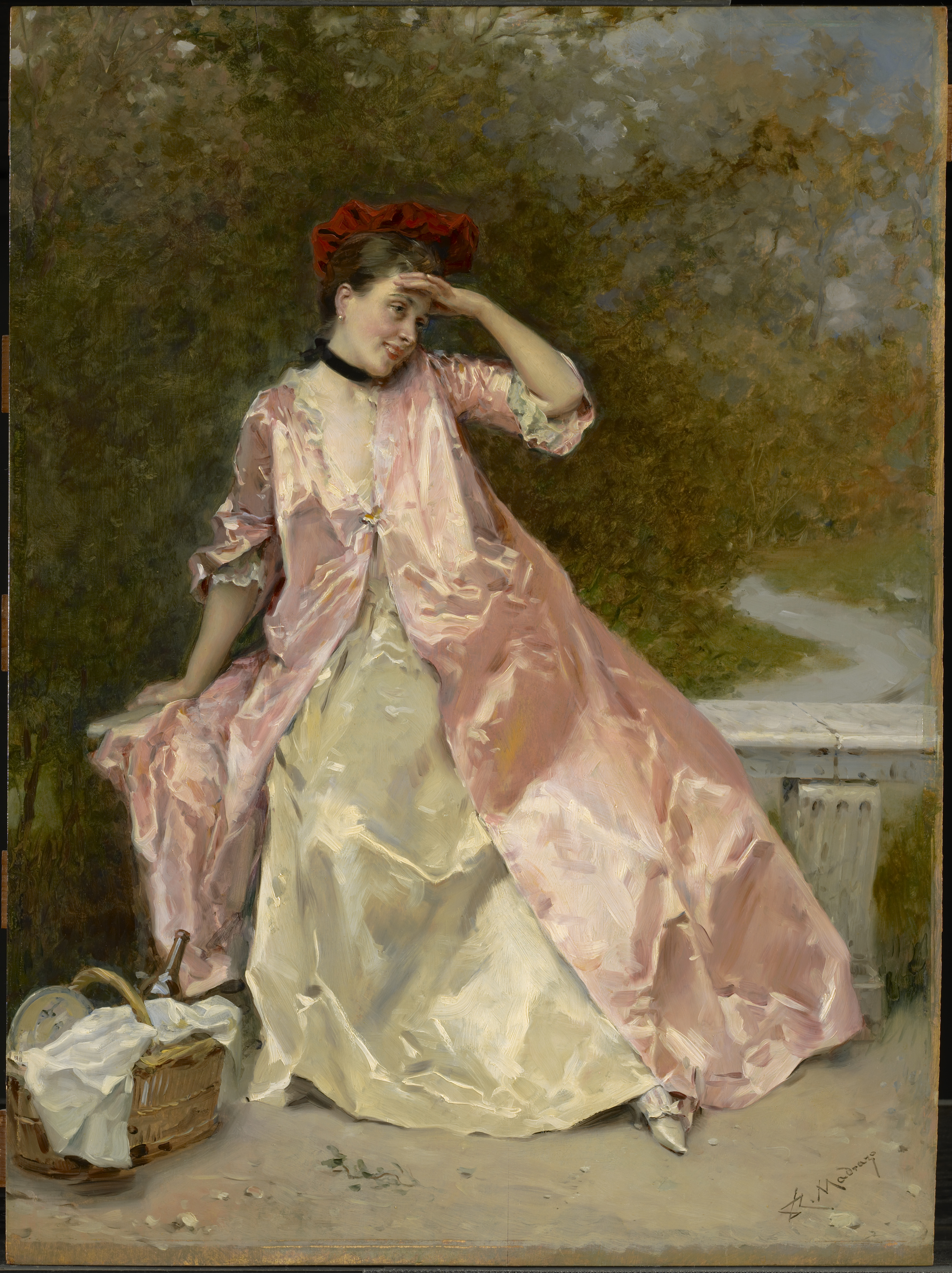
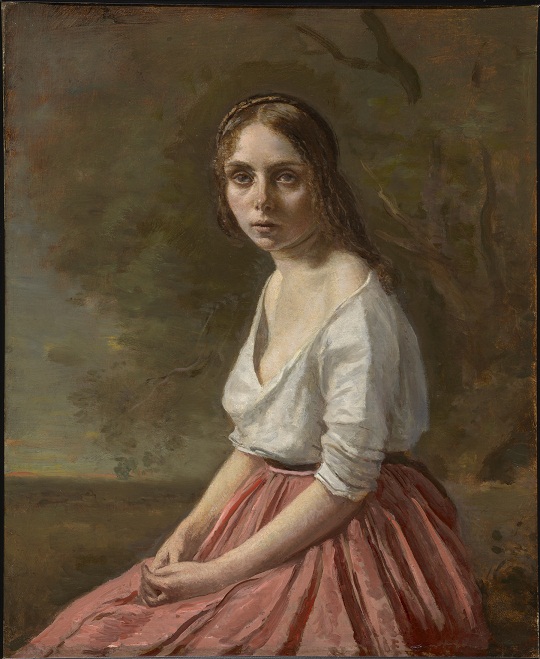












Francisco de Goya
Autumn
1786
Oil on canvas
The Clark
'The foreground of the painting shows us wealthy persons enjoying their ease. A servant, statue-like, stands between them, ready to cater to their needs. She is noticed, but is in the picture for them—if they were not present she too would be absent. In the background, barely noticed, bent-over field-workers toil, harvesting the food the well-to-do are enjoying in their play.'
Henri de Toulouse-Lautrec
Jane Avril
c. 1891–92
Oil on cardboard, mounted on panel
The Clark
'Jane Avril had to work to support herself, unlike Madame Escudier. Jane’s work as a performer required being seen, but not for her pleasure—for the pleasure and entertainment of others. Her position in life was perilous, depending on her effort and drive, and she died a pauper. She lived her life on the edge of status and security, and we see in her face the strain that life left on her.'
Giovanni Boldini
Madame Céline Leclanché
1881
Oil on canvas
The Clark
'Madame Céline Leclanché is known and named. She is painted to be seen, intentionally visible. We see her because someone with the means and desire to do so commissioned the artist to preserve her image so others could view and admire her. She does not look at us; we are intended to see her.'
John Singer Sargent
Madame Escudier
c. 1883
Oil on canvas
The Clark
'Madame Escudier married well. Her husband was a successful lawyer. Her needs are cared for; her life affords her what she needs without overt struggle. Her sunny demeanor and merry spirit shine forth from a life of privilege, something she invites us to enjoy and celebrate with her. She and Jane Avril lived at the same time, in the same city, but one look at their faces tells of the very different lives they led.'
Sir Lawrence Alma-Tadema
Preparations for the Festivities
1866
Oil on canvas
The Clark. Bequest of Madeleine Dahlgren Townsend, 1981
'A man and a woman dressed in marvelous garments, with a lavish table behind them, appear to share gossip in their leisure. Listening in on their conversation is a woman dressed in plain brown, standing, working, almost out of the picture. Maybe she is a servant; maybe she is just working as the others sit at ease. The impression given is of two people visibly positioned with the third edging out of visibility.'
Hubert Robert
Roman Ruins with Laundresses
c. 1777
Oil on canvas
The Clark. Gift of Asbjorn R. Lunde in Honor of the Fiftieth Anniversary of the Sterling and Francine Clark Art Institute, 2005
'The once magnificent and rich buildings of Rome, where the powerful lived and ruled, are now in ruins, occupied only by washerwomen who come in service of the well-off. Now there are new settings of luxury with new people occupying them, but here we see those who are usually invisible portrayed by the artist’s brush. They go about their work, seen only by us as viewers and by a mysterious figure standing nearby.'
Winslow Homer
Saco Bay
1896
Oil on canvas
The Clark
'Two fisherwomen get up at dawn to begin their day of work. Their backs are turned on the beauty of the setting, which is every bit as beautiful as the wealthy interior in Alfred Stevens’s The Visit. They have no time to rest in this beauty; they have to get to work. We only see their outlines, unlike the rich details characterizing Stevens’s subjects.'
Thomas Lawrence
The Honorable Caroline Upton
c. 1800
Oil on canvas
The Clark
'In contrast to the woman wearing a white shirt in Corot’s Young Woman in a Pink Skirt, the Honorable Caroline Upton, also in white, lives a life of privilege. She is well dressed and well-off, a child of the nobility, presenting her profile and beauty, her position and status, for us to admire and envy. We, and Corot’s woman, are invisible to her; she is the one meant to be visible and seen.'
Alfred Stevens
The Visit
c. 1870
Oil on panel
The Clark
'The garments could not be more lovely nor the setting more luxurious. Two rich women talk together, front and center, placed and positioned to be viewed. They look at each other, not at us; we, the invisible viewers, feel privileged to get a glimpse of this life we are outside of. Also invisible are those who did the work to make these women and their surroundings appear this beautiful and important.'
Raimundo de Madrazo y Garreta
Woman in White
c. 1890
Oil on canvas
The Clark
'In contrast to Corot’s bedraggled woman, this woman in white portrays a life of pleasure and ease. Her clothes are rich and fine and well cared for; she appears not to have a care in the world. Others have worked hard to create and prepare her clothes and her look so that she can grace the viewer with an image of lavish beauty for the eye to linger upon, like a high-fashion model today.'
Raimundo de Madrazo y Garreta
Woman with a Picnic Basket
c. 1890
Oil on panel
The Clark
'I chose two paintings by Madrazo of women in rich attire. Neither is named, but both are images of female beauty, luxury, leisure, and ease. This woman sits outside in silks and satins, dressed in finery to enjoy a picnic. She wears shades of pink and white like Corot's woman, but there the resemblance ends. She looks away while we look at her; not noticing us, she is intended to be noticed.'
Jean-Baptiste-Camille Corot
Young Woman in a Pink Skirt
c. 1845–50
Oil on canvas
The Clark
'Here is the unnamed woman, haggard and careworn, that sparked my idea for this exhibition. Whatever her lot in life, she seems at the point of exhaustion, in stark contrast to the images of privileged women who are there to be seen and admired. I wonder if they ever would have noticed Corot’s young woman who stares directly at us, as if imploring someone to see and acknowledge her existence.'